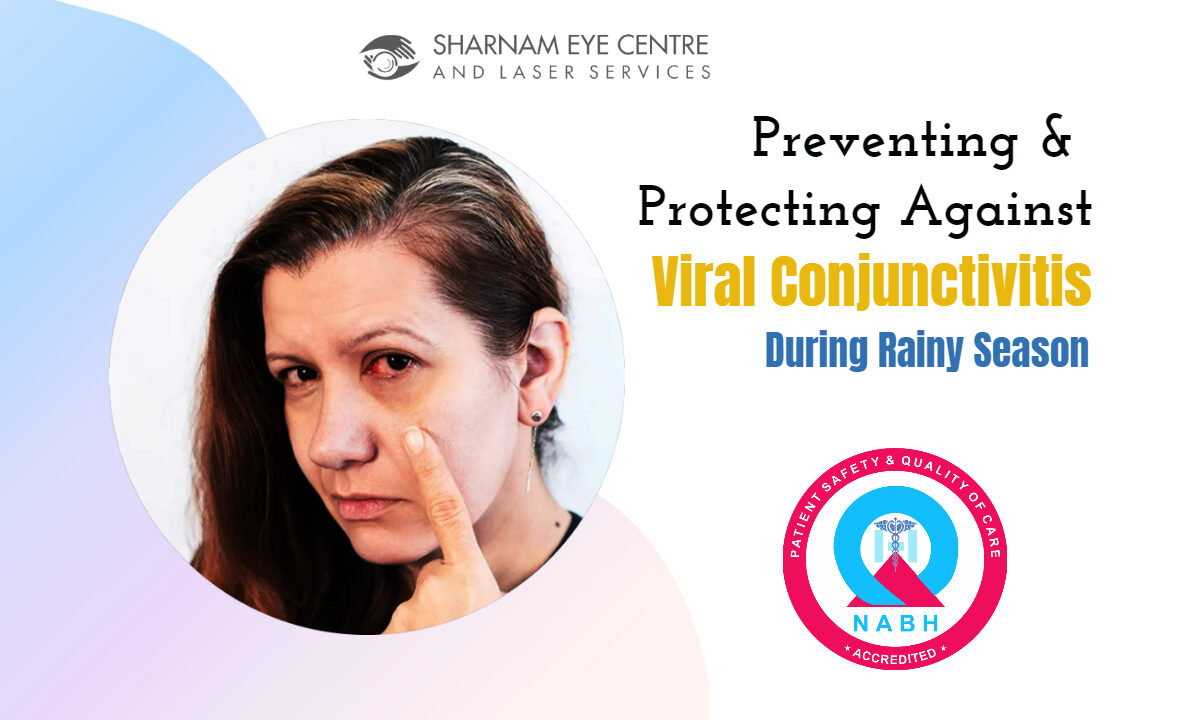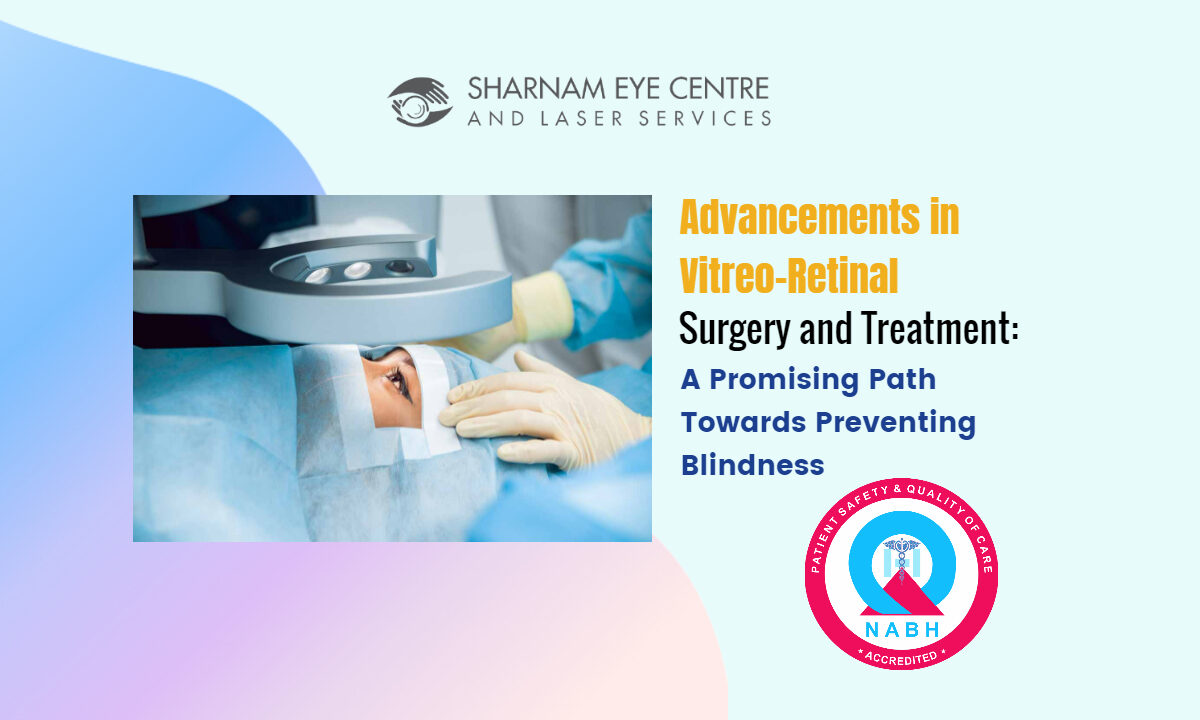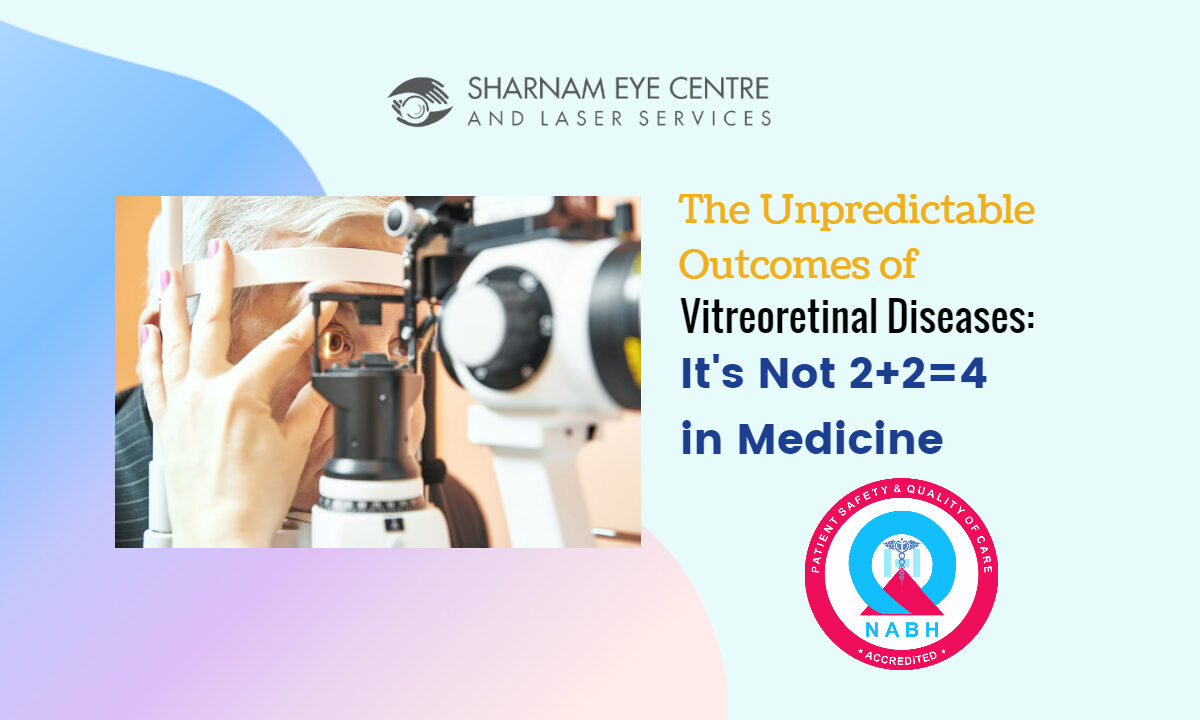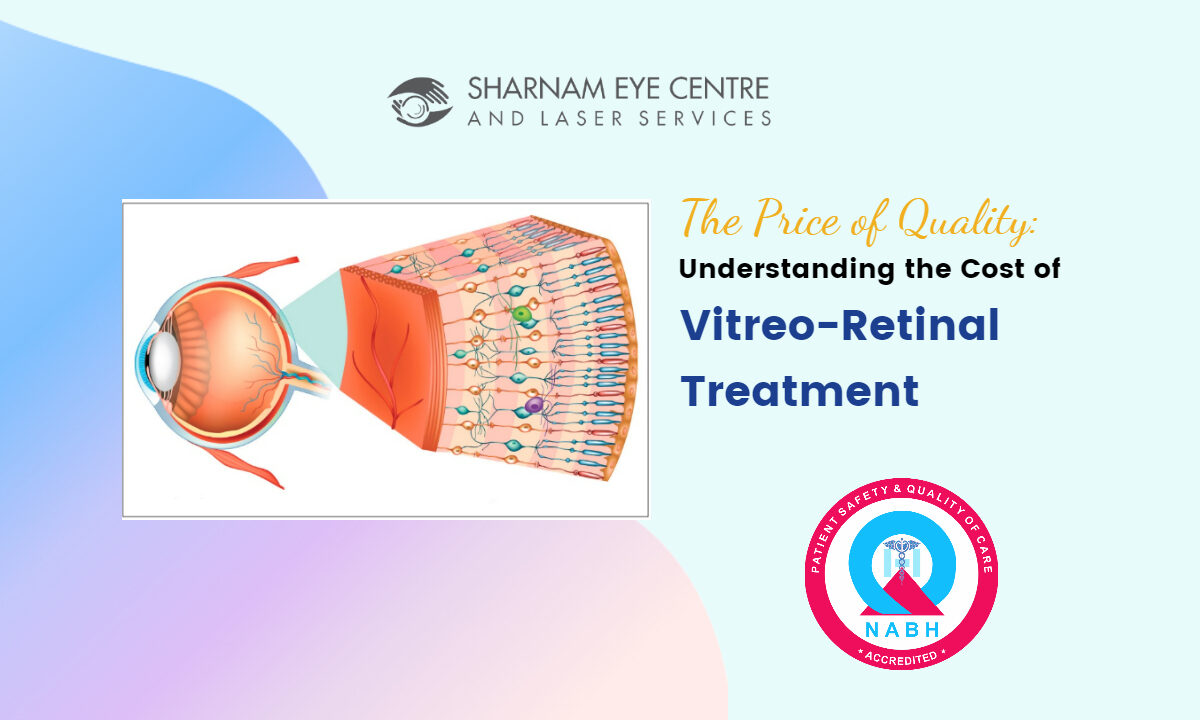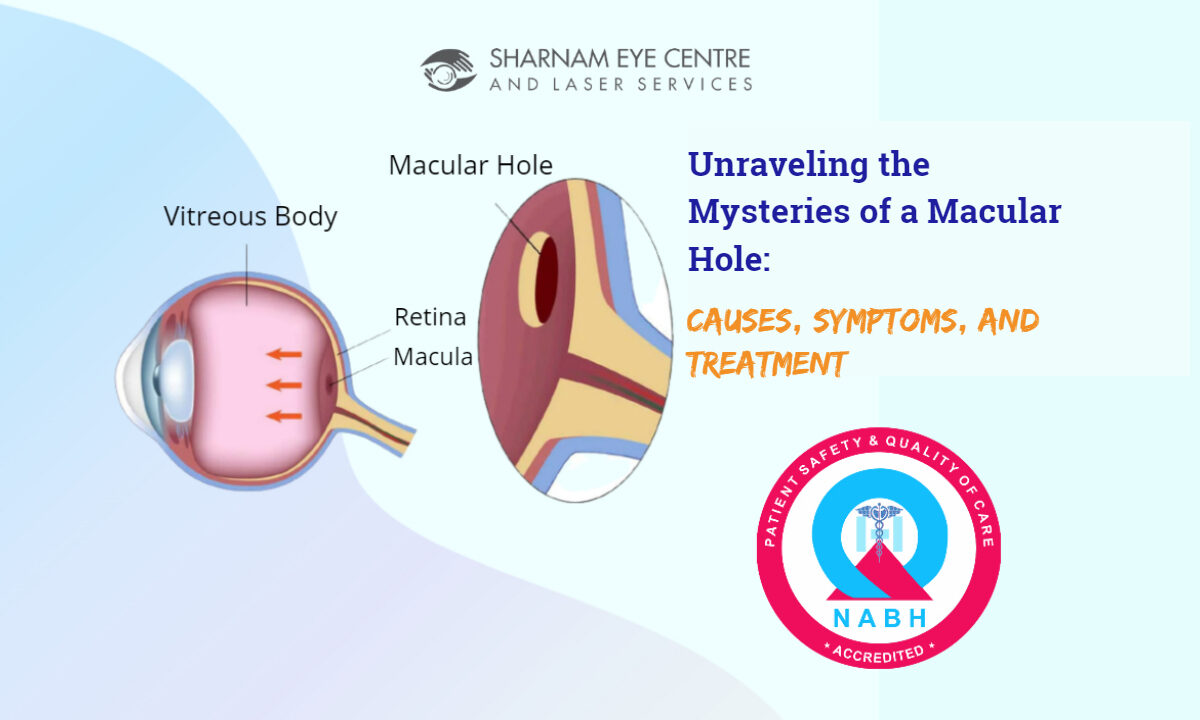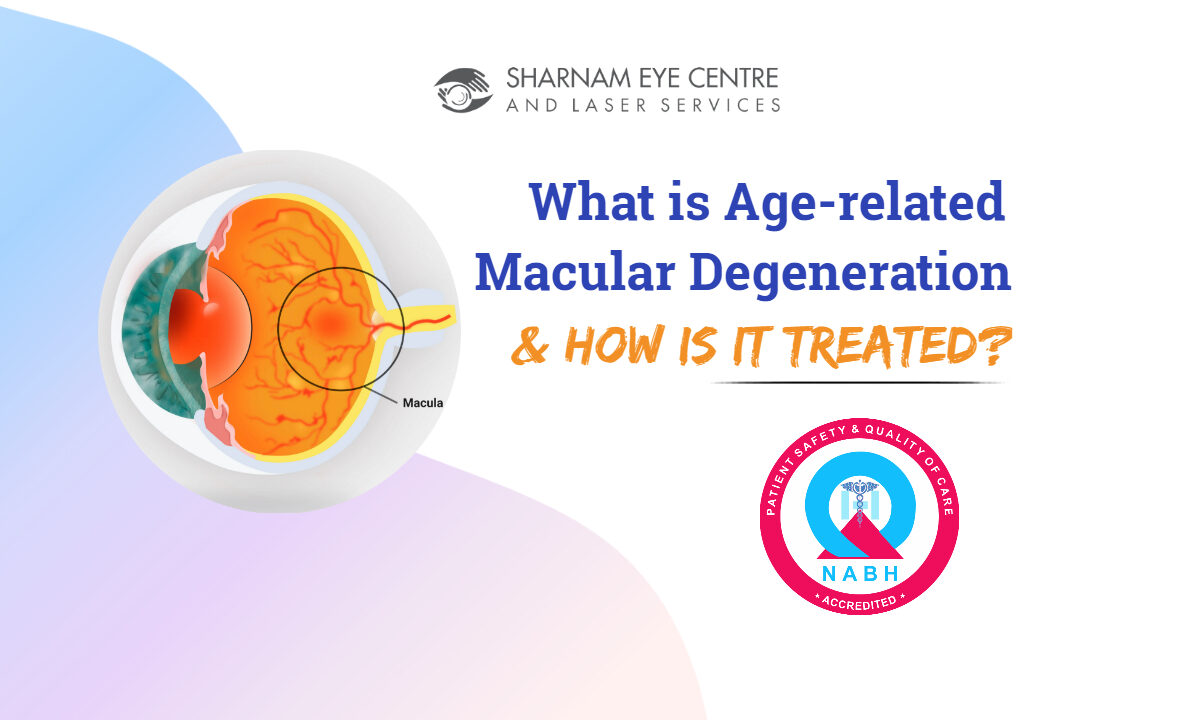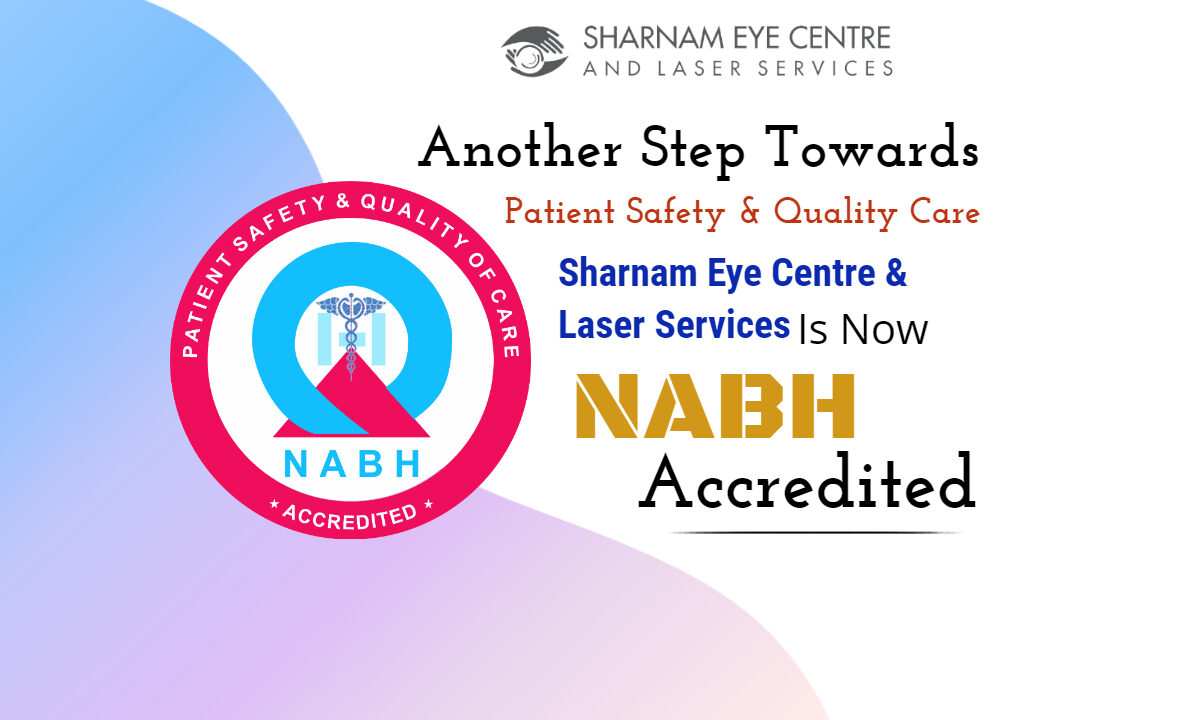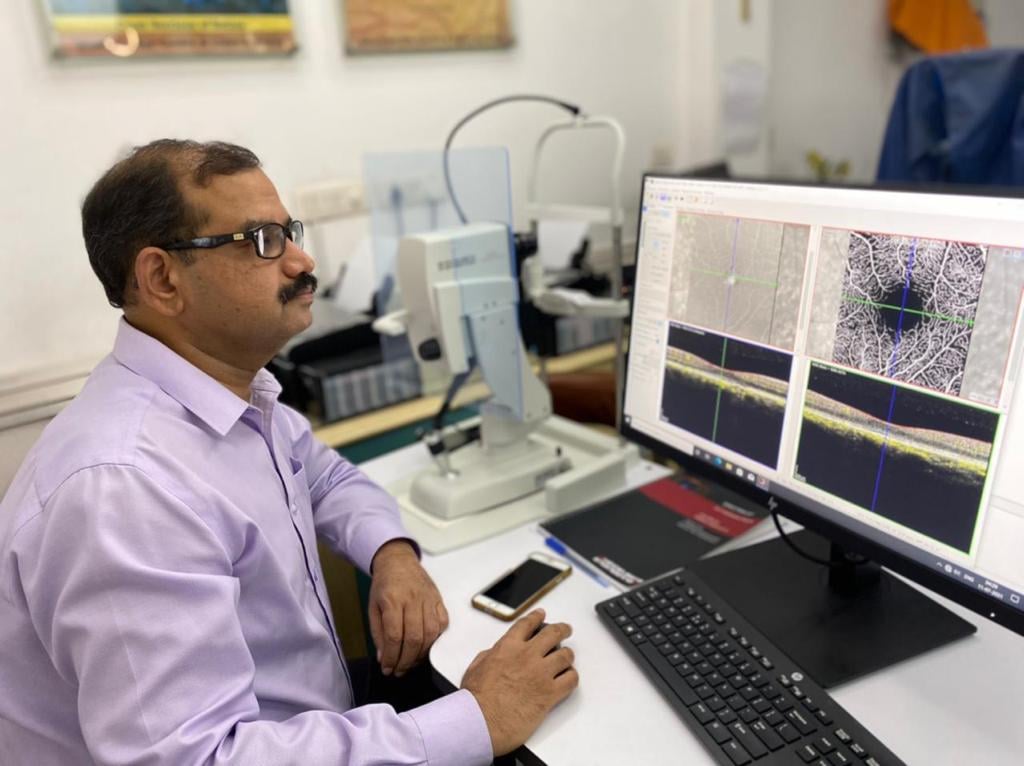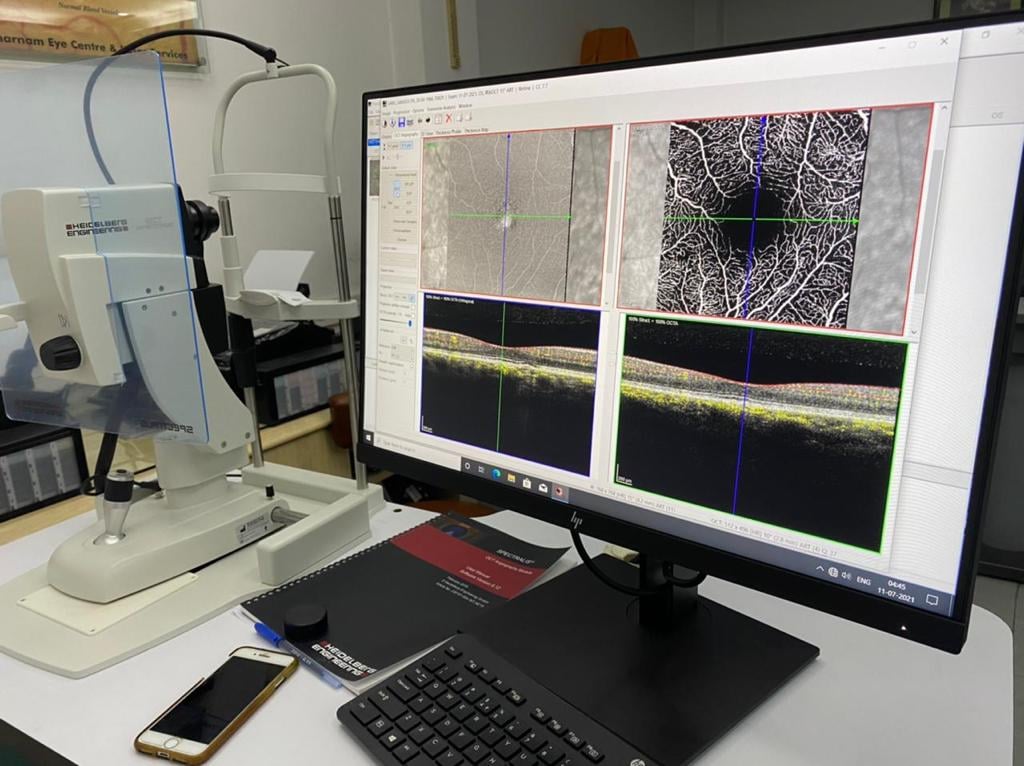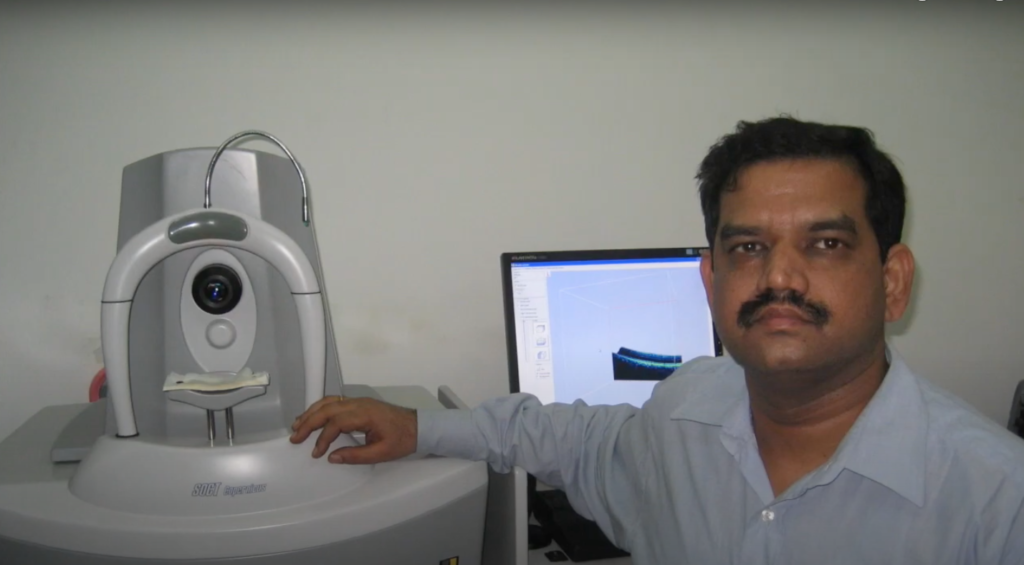Introduction: Rainy seasons are often accompanied by an increase in cases of viral conjunctivitis, also known as “pink eye.” This highly contagious condition affects the conjunctiva, the thin membrane that covers the white part of the eye and lines the inside of the eyelids. While viral conjunctivitis is typically self-limiting and resolves on its own, it can cause discomfort, redness, itching, and blurred vision. To help you stay informed and take the necessary precautions, this blog post will provide valuable tips on preventing and protecting against viral conjunctivitis during the rainy season.
1. Maintain Good Hygiene Practices:
Proper hygiene is crucial in preventing the spread of viral conjunctivitis. Follow these essential practices:
- Wash your hands frequently with soap and water for at least 20 seconds, particularly before touching your eyes or applying eye drops.
- Avoid touching or rubbing your eyes with unwashed hands, as it can facilitate the transmission of the virus.
- Use clean tissues or disposable wipes to gently wipe away any discharge from the eyes. Remember to discard them properly afterward.
2. Avoid Direct Contact:
Viral conjunctivitis is highly contagious and can spread easily. Minimize the risk of infection by:
- Avoiding close contact with individuals who have conjunctivitis or any other eye infection.
- Refraining from sharing personal items like towels, pillowcases, or eye makeup with others to prevent cross-contamination.
3. Protect Your Eyes:
During the rainy season, take extra precautions to protect your eyes from potential irritants and infections:
- Use an umbrella to shield your eyes from rainwater, which may contain harmful bacteria or viruses.
- Wear protective eyewear, such as sunglasses or safety goggles, to prevent foreign particles or microorganisms from entering your eyes.
4. Maintain Clean Surroundings:
Keeping your surroundings clean and free from potential sources of infection is essential:
- Clean frequently touched surfaces, such as doorknobs, light switches, and countertops, with a disinfectant to minimize the spread of viruses.
- Ensure proper ventilation in closed spaces to reduce the accumulation of airborne particles that may cause eye irritation.
5. Boost Your Immune System:
A strong immune system can help reduce the severity and duration of viral conjunctivitis. Take steps to support your immune system:
- Eat a balanced diet rich in fruits, vegetables, whole grains, and lean proteins.
- Get enough sleep to allow your body to recover and recharge.
- Engage in regular physical activity to improve overall health and immunity.
6. Seek Medical Attention:
If you experience symptoms of viral conjunctivitis, consult a healthcare professional for a proper diagnosis and guidance on appropriate treatment:
- Avoid self-medication, as certain medications may exacerbate the condition or lead to complications.
- Follow the prescribed treatment regimen, including eye drops or ointments, as directed by your healthcare provider.
- If necessary, take the recommended precautions to prevent the spread of infection to others.
Conclusion:
By following these preventive measures and precautions, you can minimize the risk of viral conjunctivitis during the rainy season. Remember, maintaining good hygiene practices, avoiding direct contact with infected individuals, protecting your eyes, keeping your surroundings clean, boosting your immune system, and seeking timely medical attention when needed are all key to safeguarding your eye health. Stay vigilant and prioritize the well-being of your eyes to enjoy the rainy season to its fullest without any eye-related concerns.
Disclaimer: This content is for informational purposes only and should not replace professional medical advice, diagnosis, or treatment.

